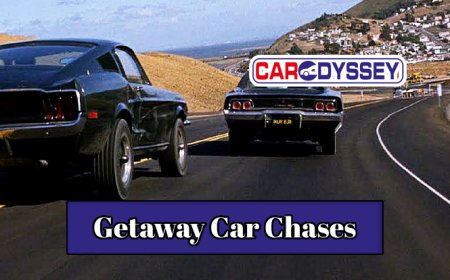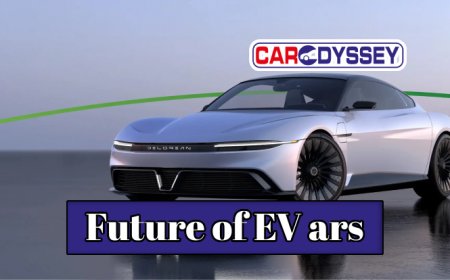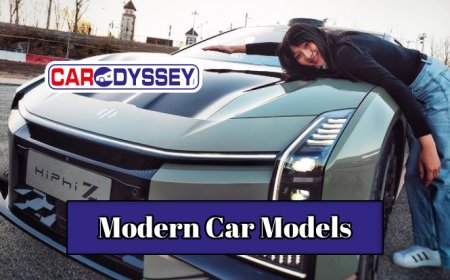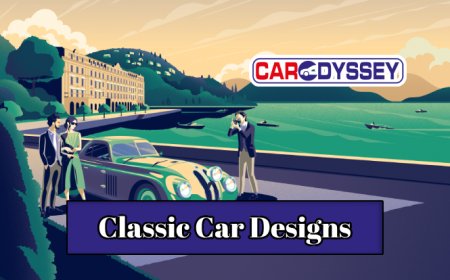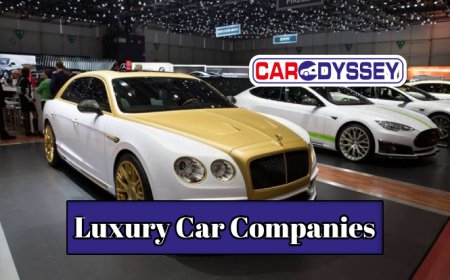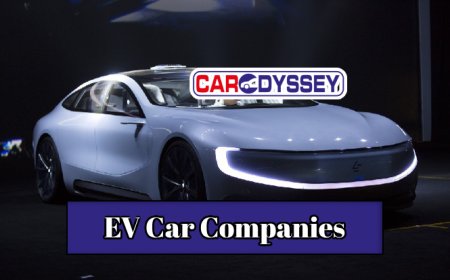Masterpieces of Classic Car Designs
Get to know classic car models and their designs that have stood the test of time, never losing their allure and appeal.
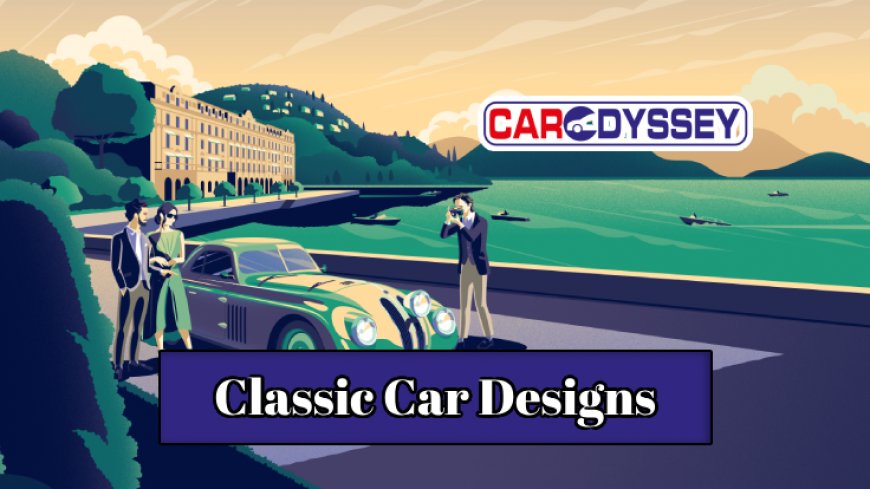
Classic car designs are not just machines with age, they're moving art forms, timeless marvels that have managed to secure places in our hearts and in the annals of car history. These iconic motor vehicles encapsulate different eras, capturing the imagination and fascination of car enthusiasts and casual observers alike. Buckle up, and get ready for a joy ride as we delve into the masterpieces of classic car designs.
Dive into the World of Classic Car Designs
Immerse yourself in a universe where cutting-edge engineering met stunning aesthetics, birthing machines that are as gorgeous as they are functional. These are cars whose designs have stood the test of time, seamlessly blending style, performance, and technology in ways that continue to resonate with us.
Table of Contents
- The Golden Era of Classic Car Designs
- European Icons: Key Players in Classic Car Designs
- American Legacy: Contributions to Classic Car Designs
- Iconic Models Dominating Classic Car Designs
- Design Elements that Define Classic Car Designs
- The Lasting Impact of Classic Car Designs
The Golden Era of Classic Car Designs
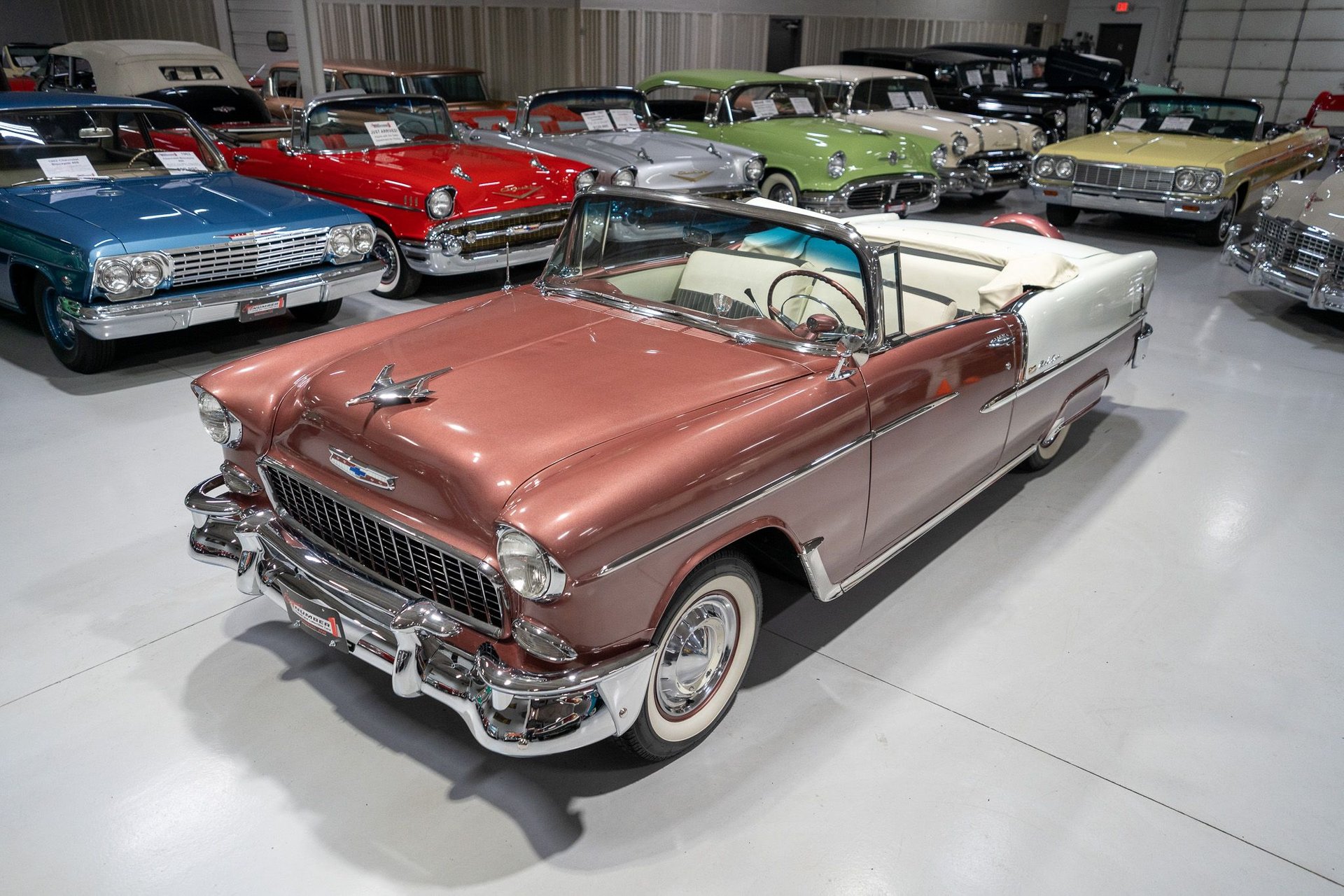
Every car enthusiast knows that classic cars are more than just means of transportation, they're a snapshot of history, frozen in metal and chrome. The golden era of classic car designs, during the post-World War II period, birthed many models that we consider iconic today. This period was marked by a spirit of innovation and enthusiasm that reflected in the cars' designs.
- 1955 Chevrolet Bel Air: A shining icon of the 50s that featured a two-tone color scheme and chrome details, setting the bar for luxury at that time.
- 1963 Chevrolet Corvette Sting Ray: With its sleek lines and rear split-window, the Sting Ray captured the dynamic and daring spirit of the 60s.
The Motifs of the Golden Age
The designs during this era conveyed the optimism and the sense of progress that the post-war era possessed. Bold, bright color palettes, generous chrome trim, and extravagant tailfins characterized many of the car models. They were over-the-top, aspirational, and undeniably cool. The automobile became an expressive canvas, projecting the personality of its owner with individualistic flair.
European Icons: Key Players in Classic Car Designs
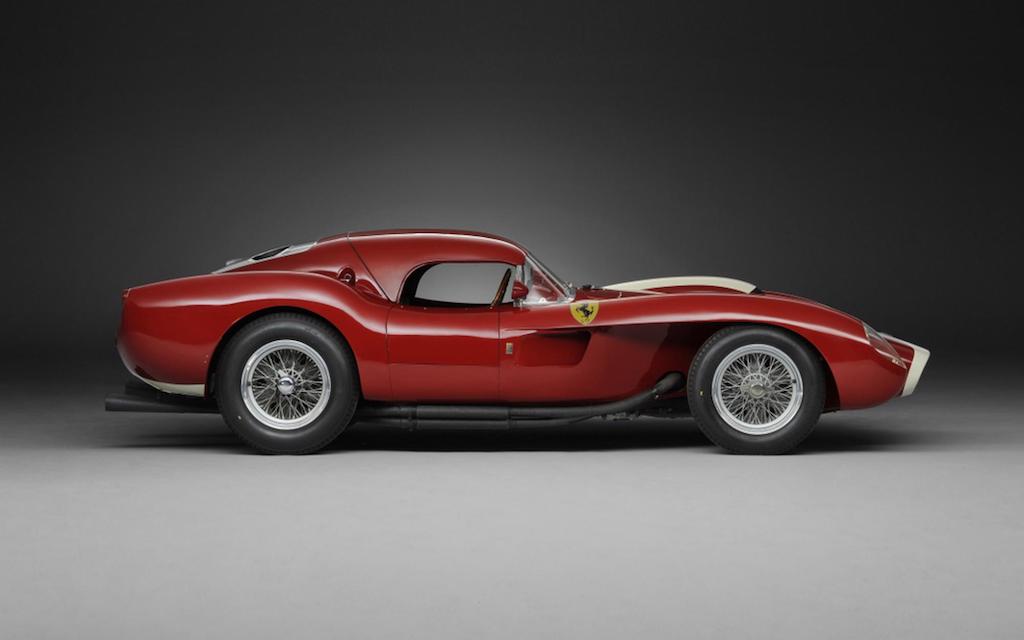
Europe, with its rich heritage in arts and design, played an instrumental role in crafting a legacy in classic car designs.
European manufacturers like Porsche, Jaguar, and Ferrari created vehicles that were a perfect blend of power, speed, and aesthetics. Think sinuous body lines, engine purrs that make the heart flutter, and, of course, innovative tech hidden beneath these stunning exteriors.
- 1961 Jaguar E-Type: Described by Enzo Ferrari as "the most beautiful car ever made", the E-Type, with its long hood and swooping lines, is the epitome of elegance.
- 1957 Ferrari 250 Testa Rossa: An exotic stunner, its pontoon-style fenders and red cylinder head (hence 'Testa Rossa' = 'Red Head') becoming a design statement.
European Design Philosophy
European car manufacturers seemed to live by the philosophy of 'form follows function'. Every curve, every line was purposeful and ergonomically designed. But that wasn't the end-all. The care put into the design was complemented by equal if not more emphasis on performance. It was this marriage of aesthetics and function that made European cars icons of classic car design.
This ongoing passion for fluid lines and winning performances has carved a distinctive path for European design, influencing the course of classic car aesthetics for generations. European classic designs continue to inspire contemporary models, thus shaping the landscape of global car aesthetics."
American Legacy: Contributions to Classic Car Designs
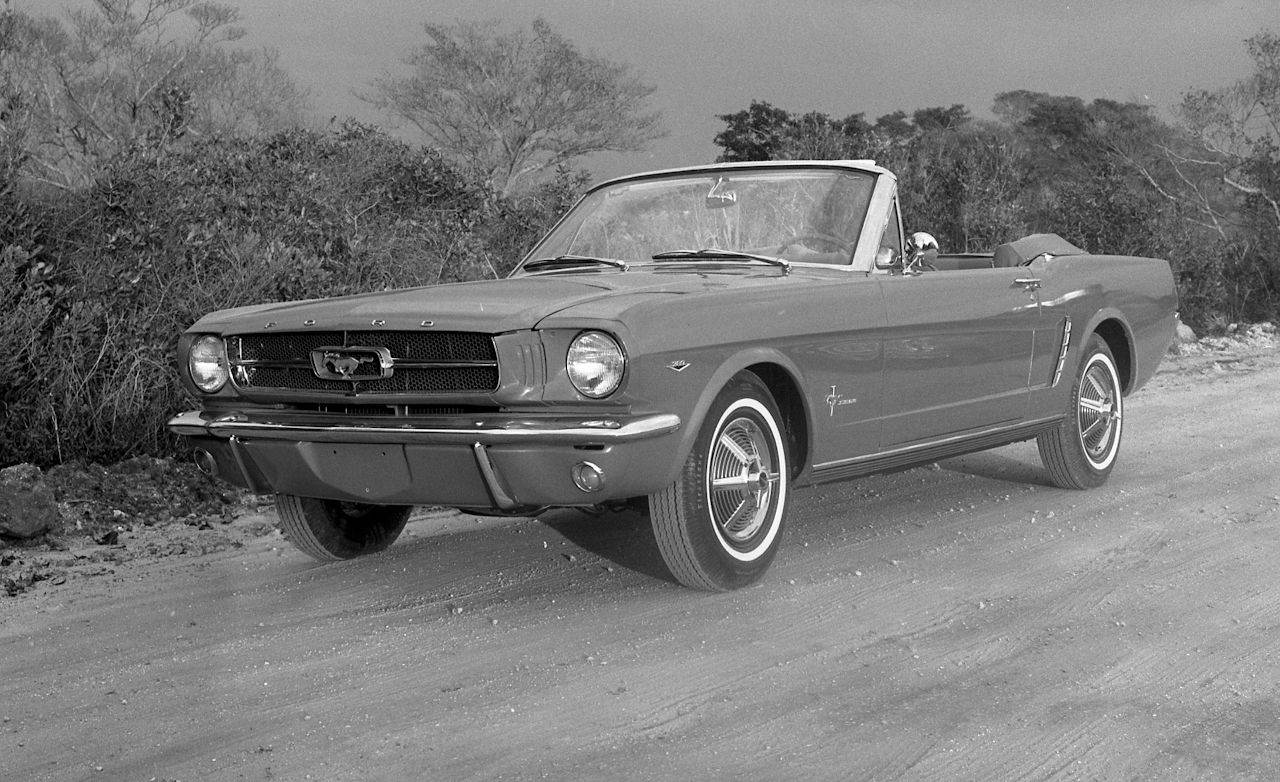
American car manufacturers were no strangers to the classic car design table. Producing many beloved classic cars during the 50s and 60s. Iconic brands like Ford, Chevrolet, and Cadillac that shaped the American car culture and influenced global design trends.
Gems of the American Legacy
- 1959 Cadillac Eldorado: Big, bold, with iconic tailfins - a true embodiment of American extravagance in automobile design.
- 1964 ½ Ford Mustang: The ‘pony car’ that sparked a new category of American muscle cars, recognized for their raw power and compact, aggressive styling.
These striking designs are a testament to America's bold and innovative contributions to classic car designs. The iconic American “muscle cars” have not only inspired the automotive design industry but have also played a significant role in popular culture.
Iconic Models Dominating Classic Car Designs

Now, let's cruise into the stories of a few iconic cars that have proven their mettle and have become unforgettable symbols of classic car designs.
1966 Shelby 427 Cobra
"To outgun the Corvette, one had to offer something it didn't – compact size, light weight, and agility." – Carroll Shelby.
The American automotive designer, racing driver, and entrepreneur, Carroll Shelby, certainly lived up to these words while designing the Shelby 427 Cobra. Its imposing lower body, wide tires, and the classic roll bar left not just a mark, but a bold statement in the classic car design landscape.
1969 Aston Martin DBS
If there was ever a car that could be called the epitome of British elegance and sophistication, it would be the Aston Martin DBS. This grand tourer stood out with its beautifully proportioned design, featuring a rounded front, fastback tail, and extensive louvering. The DBS was, quite literally, shaped by the wind, a testament to the aerodynamic principles that underpinned its design.
Design Elements that Define Classic Car Designs

Classic car designs didn't spontaneously happen. They were meticulously conceived, with distinct elements and key features that create the awe-inspiring end product we admire. A closer inspection of any classic car reveals intricate design language and theme, which were once ahead of their time.
- Sleek Lines: Sinuous, streamlined, and undeniably sexy – the design of classic cars often emphasized sculpted curves and aerodynamic principles.
- Bold Colors: Classic cars aren't shy when it comes to color. Bold, vibrant shades were commonly used to enhance their visual appeal and grandeur.
- Chrome Detailing: Nothing says 'classic' like a flash of chrome. Radiators, bumpers, window linings, mirror caps, and even tail fins adorned shiny chrome detailing.
The Lasting Impact of Classic Car Designs
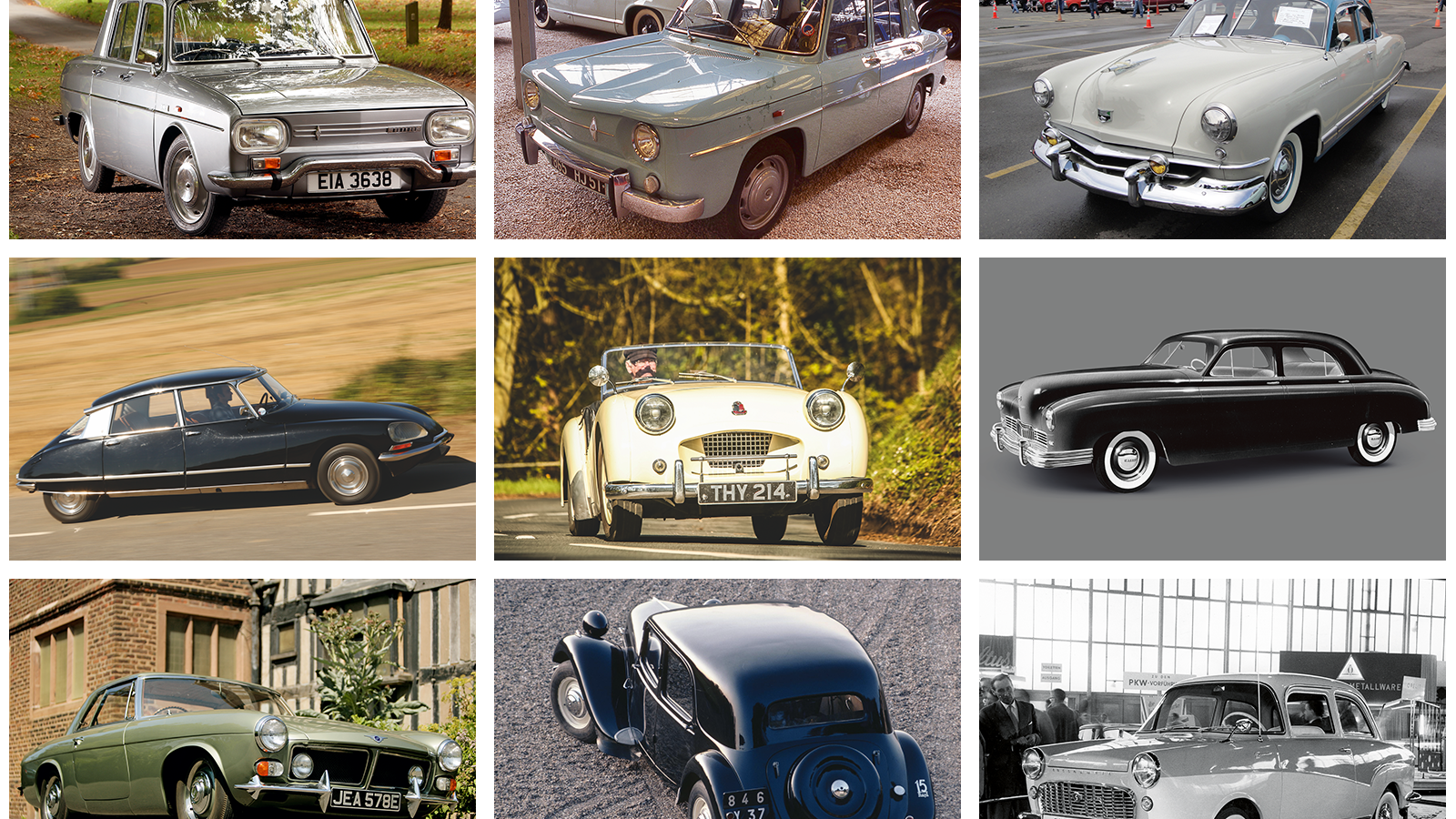
The world of automobiles would be remarkably different without the inventive designs of classic cars. They have left their marks in several ways:
The Test of Time
The aesthetic allure of classic car designs refuses to fade. Even today, numerous car enthusiasts and collectors seek out these classic beauties, entranced by their timeless elegance and historic value. Car shows and auctions around the world are living proofs of this legacy.
Influence on Contemporary Designs
Classic car designs, despite being products of their time, still wield huge influence over modern cars. Design cues such as large grilles, sculpted body lines, and even chrome detailing are still replicated in present-day cars, honouring their classic ancestors.
Inspiring Innovation
The audacious experimentation in design and the resulting iconic models greatly inspired innovation and risk-taking in car designs. Manufacturers have learned that striking, innovative design paired with sound mechanics can be a game-changer, a lesson derived from classic car designs.
The prowess of classic car designs is truly immortal, they are innovative, ambitious, and continually capture our imagination. Despite the evolution of car design trends, the influence these classic models impart is irreplaceable. A metaphorical hat-tip is certainly due to these masters of design, for defining and delving into uncharted realms of automobile craftsmanship.
In the world of design, like photocopying a beautiful painting, making a successful contemporary car inspired by classic designs isn't an easy task. Nostalgia isn't enough, there needs to be the careful balance of heritage and innovation, creating a harmonious blend of past mastery and present progression.
A Grand Finale
The voyage into the realm of classic car designs is a captivating journey - it's not just about cars, it's about design, innovation, vision, perseverance, and above all, an undying passion for creating something memorable, enduring, and revolutionary. So the next time you spot an old, glorious ride, take a moment to appreciate not only its beauty but the masterful design and rich history that it represents.
What's Your Reaction?












